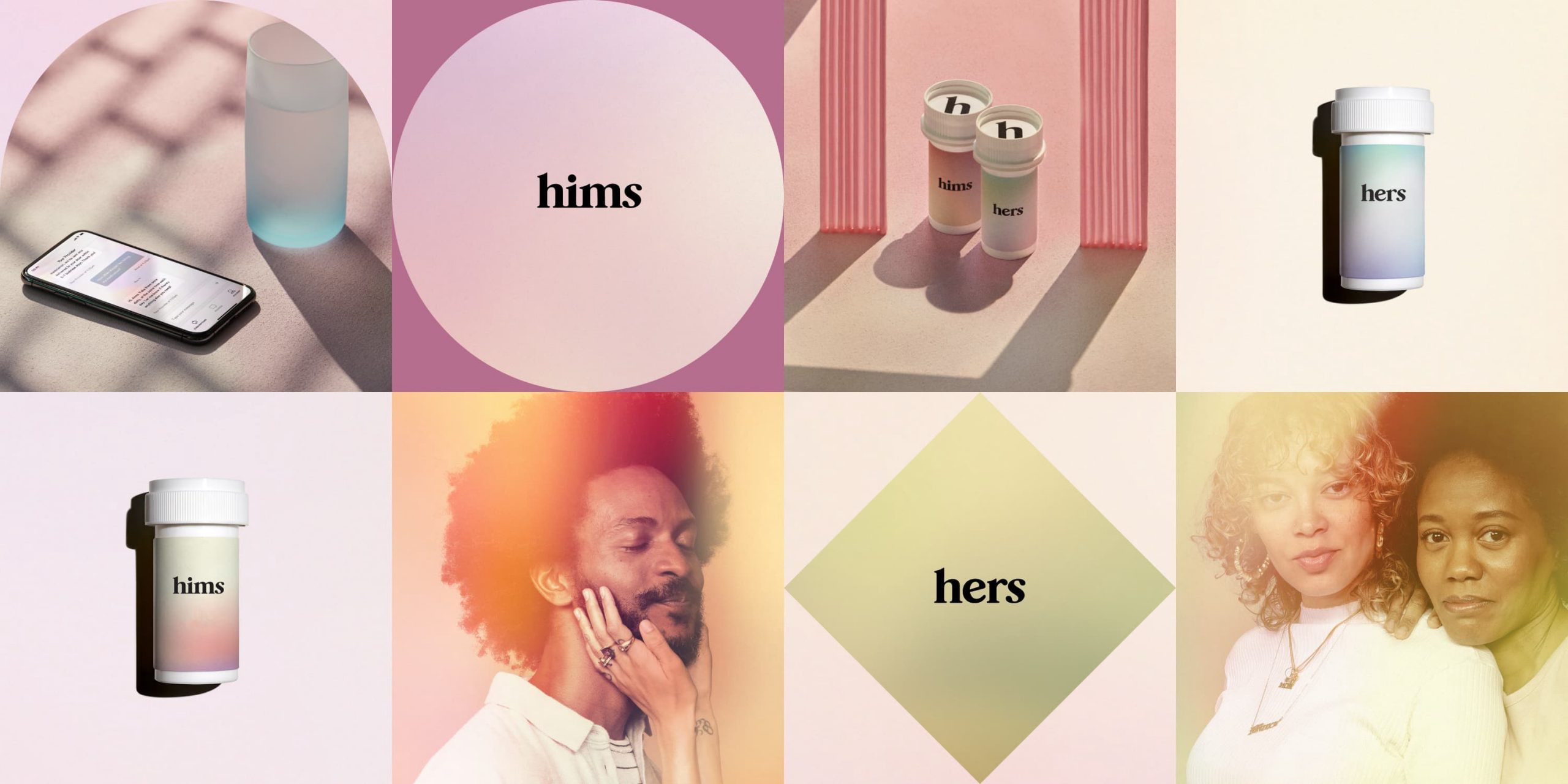A Higher Standard of Brand Purpose
Why Consumer Wellness is More Than a Selling Point

A Higher Standard of Brand Purpose
5 min read
Brand strategy
Words by Nicole Li
In the past, the purpose of a brand was to provide a compelling product proposition that fills a specific market gap or satisfies an identifiable consumer need, whether it be a skincare brand that promises healthier skin or a sportswear brand that provides high-quality workout apparel.
While this traditional definition of brand purpose remains steadfastly irrefutable, evolving consumer expectations and behaviours have expanded this definition to encompass so much more than merely the product proposition or obvious value add. In recent years, the notion of brand purpose has progressed to also include the brand’s contribution to consumer wellness – be it mental, physical, community, or social and environmental wellness.
Today’s rapidly evolving culture demands brands to fill a gap between product offerings and consumers’ holistic needs and expectations. According to Ogilvy’s recent Wellness Gap study, 73% consider wellness to be an essential element of a brand’s mission, and 75% said that brands could make more of an effort when it comes to their wellness. Consumers are interested in more than just a well-designed, well-packaged product – they’re asking that it be environmentally-friendly, organic, non-GMO, inclusive, all the while creating a community of other consumers and contributing to relevant social movements. According to the groundbreaking 2020 Zeno Strength of Purpose Study, consumers are 4 times more likely to purchase from a company that has a strong brand purpose, yet 63% of global consumers do not believe that companies today have a clear and strong purpose. For global brands hoping to expand in Asia, 90% of consumers in Asia Pacific want brands to stand for something, heightening the benchmark for brands to ‘do the right thing’ particularly when entering new markets.
Is the modern consumers asking for too much, or is society simply growing to hold a new, higher standard of brand purpose?
One of the most direct ways brands have contributed to consumer wellness is through expanding its purpose to target holistic health in a way that compliments and enhances its main product proposition. For example, telehealth brand Hims & Hers goes beyond medications and supplements to ensure that consumers have access to a broad spectrum of high-quality care. Having first started with a narrow focus on treating specific medical conditions, Hims & Hers has now grown to provide free support groups, online mental health services, at-home Covid test kits, and consumer-friendly educational blog posts. Given the interconnected nature of physical and mental health, Hims & Hers’ new brand purpose is a logical expansion that tactfully taps into the emerging idea of holistic health. Much like Hims & Hers, apparel brand Zappos sought to combat loneliness and contribute to consumer wellness by launching a special hotline for customers to talk about any topic of their choosing. Although Zappo’s product proposition is not directly related to mental health, their ask-me-anything hotline demonstrates their greater brand purpose of boosting consumer wellbeing, and aptly demonstrates a new standard of brand purpose wherein any brand — regardless of its product or service — can and should make a commitment to helping consumers stay well and healthy.
Mental health aside, modern consumers are also looking to brands for a sense of community wellness and group belonging; rather than seeing consumers as isolated individuals, brands are increasingly aware of the importance of fostering community through brand-driven initiatives and group experiences.
Sportswear brand Lululemon is a prime example of how community wellness can be built into a brand’s identity to represent a broader purpose that stands above mere product offerings. From their annual “Sweatlife Festival” to their ‘Sweatlife’ podcast, Lululemon creates a space where consumers can feel connected to one another through common experiences that improve their social wellbeing and fulfill their need for a sense of belonging. New standards of brand purpose are also pushing the definitions of what a retail store can and should be, with Lululemon’s 20,000-square-foot Chicago store featuring workout classes, meditation spaces, and even a restaurant. For consumers, shopping is becoming less about purchasing products and more about indulging in shared experiences that promote community wellbeing. Nordstrom has begun to embrace this idea of shopping as a group experience, with their store in Torrance, California that offers a “girlfriend” fitting room for friends to try on clothes together. With comfy couches and flat-screen TVs, Nordstrom is transforming the retail store into a lifestyle space that almost resembles their customers’ own living rooms, reverting the store back to the comfort and ease of the home space so that you can freely socialize with your close circles. For Lululemon and Nordstrom, transforming the retail experience into an opportunity for community and social interaction shifts the focus away from a stubborn desire to sell a product, and instead pursues a larger purpose of ensuring holistic consumer wellness.
People may not remember exactly what you did or what you said but they always remember how you made them feel, that’s what matters the most.
Zooming out from the individual consumer, the new standard of brand purpose also holds brands accountable for their responsibility towards social and environmental wellness, to create a better planet and contribute to society as a whole. It is not enough for brands to simply sell a product or even a lifestyle — they must take a stance on major social and environmental issues, to position themselves with a clear purpose in mind so to align with consumers’ own values and beliefs. Glossier used its voice and platform to launch a fund and mentorship scheme to help Black-owned businesses thrive, taking a stance against racial injustice and championing diversity in the traditionally white dominant culture of the beauty industry. Thinx, a period-proof underwear brand, pushed for Trans rights in its “MENstruation” campaign, highlighting that Trans men menstruate too. Ace of Air, a skincare and wellness brand, designed their “boomerang box” to avoid single-use plastic and push for a more planet-positive packaging system. Despite the impressive thoughtfulness of these campaigns and initiatives, Glossier, Thinx, and Ace of Air don’t stand in isolation; numerous brands are waking up to the importance of social and environmental wellness, and are actively working to demonstrate a broader brand purpose in the context of today’s major issues and movements.
Many are familiar with the 4 Ps of marketing — ‘price, place, product, and promotion’ — yet amidst the rapid pace of evolving consumer demands, this traditional model has begun to expand to encompass a fifth P: ‘purpose’. For the most part, the notion of ‘purpose’ has rested under the umbrella of ‘product’, through the functional upgrade or the distinguishable value proposition of the core product offering. As more and more brands enter the market, it is no longer sustainable to claim to be the “best” mattress or the “most comfortable” pair of leggings. What does it mean to sell the “best” product, and does brand success necessarily have to be tied to the product itself? Such are the questions that brands today are beginning to confront and address, paving the way for a new retail landscape in which brands redefine their notions of purpose and actively contribute to long-term, sustainable consumer wellness.
Next
All About the Grid
February, 2021.







